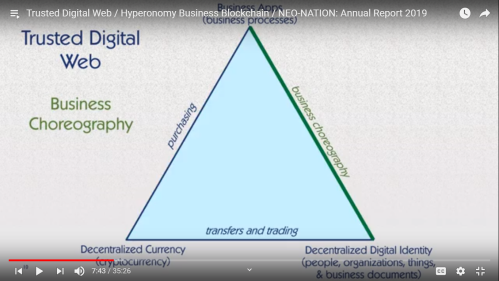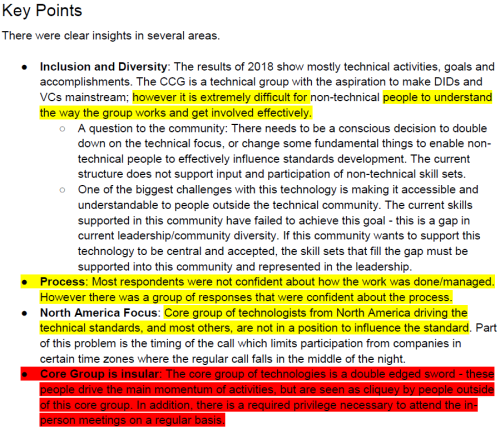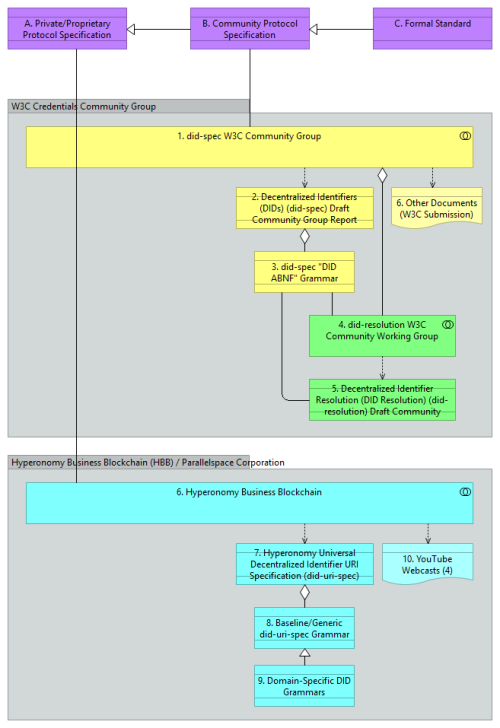References

Click here: The Message is the Medium: Multiprocess Structuring of an Interactive Paint Program – Beach et. all
Discussion
Daniel, regarding our discussion about the multi-process structuring of the Indy Ledger Node and how Anthropomorphic Design might be able to help, checkout the attached conference paper that describes a Paint application created by Eugene Fiume, a cohort of mine while we were in grad school together at the University of Waterloo. [Eugene is now Dean of Applied Sciences at Simon Fraser University.]
It’s an easy read …focus on page 279 and onwards: the concepts of Administrator, Overseer, Worker, Secretary, and Listener processes.
NOTE: The paper starts on page 277 of the proceedings. The paper is a total of 11 pages.












